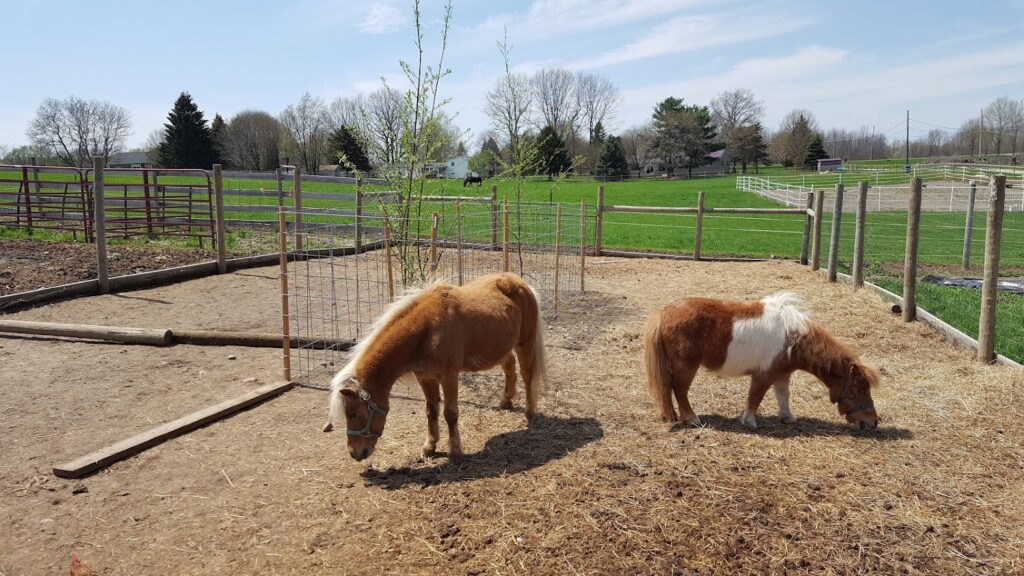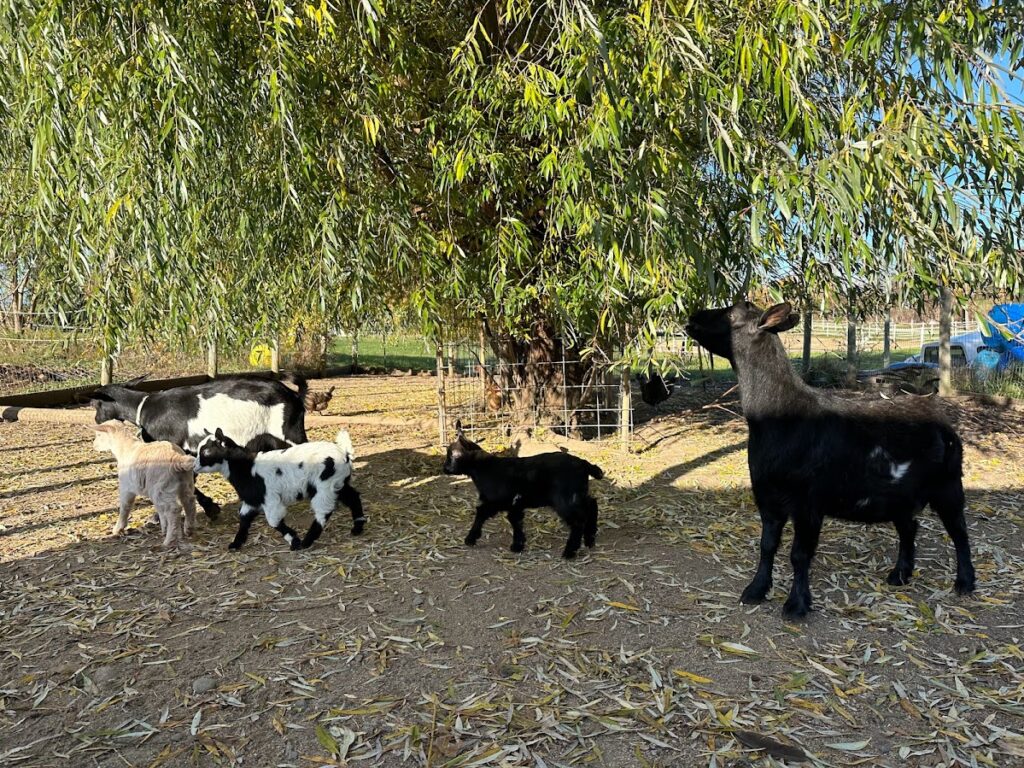Hey there, budding hobby farmers! Winter has finally thawed, and your farm is rubbing its eyes, yawning, and stretching after its long hibernation. As the first buds of spring appear, it’s time to dust off your overalls, grab your trusty pitchfork, and breathe new life into your little slice of paradise. Here’s a fun and witty guide to help you revive your farm and get it ready for the warmer months ahead. Let’s get moo-ving!
- Spring Cleaning – The Barn Edition: First things first, it’s time to clean out the cobwebs, literally! Winter can take a toll on your barn and animal shelters. Grab a broom and evict those sneaky spiders. While you’re at it, give the stalls a deep clean, removing any old bedding and disinfecting the space. Remember, a clean barn is a happy barn – and happy barns lead to happy animals!
- Livestock Spa Day: Your animals have been cooped up all winter, and now they’re ready to strut their stuff in the sunshine. Time for a livestock spa day! Give your animals a good grooming, trim their hooves, and check for any signs of illness or parasites. Then, stand back and watch them bask in the glory of their newfound fluffiness.
- Pasture Parade: Now that your animals are looking fabulous, it’s time to get those pastures ready for grazing. Walk the perimeter of your fences, checking for damage and making repairs as needed. Clear any fallen branches or debris, and give the grass a bit of TLC with some fertilizer and overseeding.
- Get Growing: It’s time to flex your green thumb! Prepare your garden beds by turning the soil, adding compost, and planting seeds or seedlings. Plan your crops carefully – companion planting can help maximize yields and keep pesky critters at bay. Don’t forget to give your plants a pep talk as you sow. They’ll thank you later with a bountiful harvest!
- The Great Coop Escape: As the weather warms up so do predators and their hungry young. Check for any signs of predators, reinforce fencing, and provide ample space for your feathered friends to roam out of reach from hungry mouths.
- Farm Equipment Tune-Up: Don’t let rusty tools or a sputtering tractor slow you down this season. Give your equipment a thorough inspection and perform any necessary maintenance. If your wheelbarrow has seen better days, it might be time to invest in a new one. Remember, a well-oiled machine is a farmer’s best friend.
- Planning and Goal Setting: As you awaken your farm, take a moment to set your goals for the season. Whether it’s raising a new breed of livestock, starting a beehive, or planting an orchard, having a plan will keep you focused and motivated.
With a little elbow grease and a lot of love, your hobby farm will be up and running in no time, ready to flourish throughout the spring and summer months. Embrace the challenges and triumphs that come with hobby farming, and enjoy the fruits (and veggies) of your labor. Now, go on and show that farm who’s boss!

